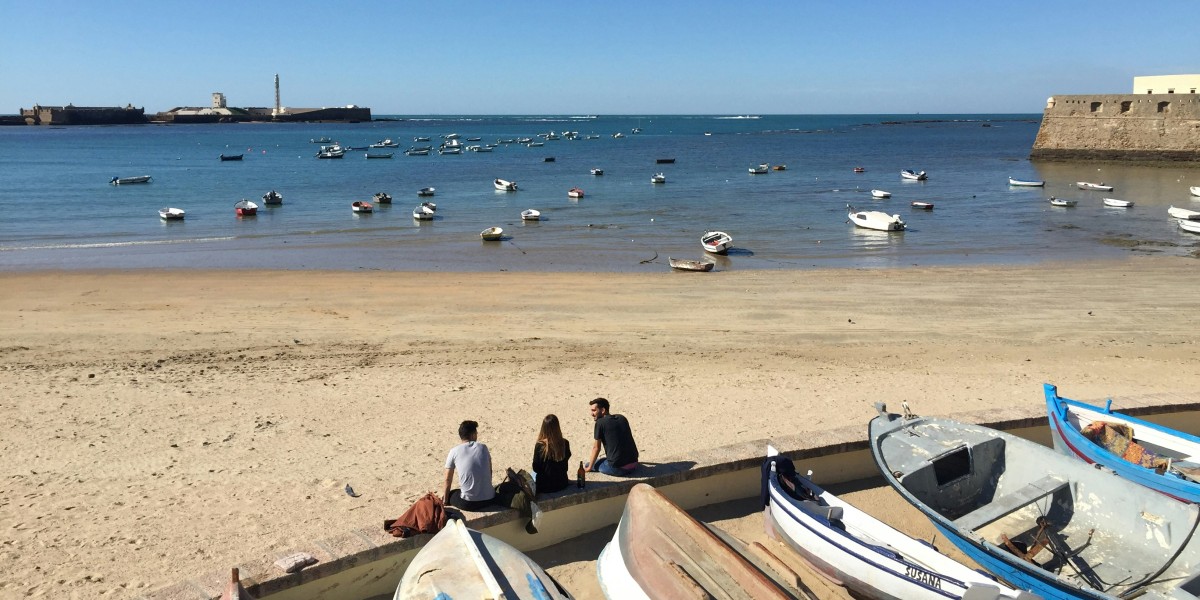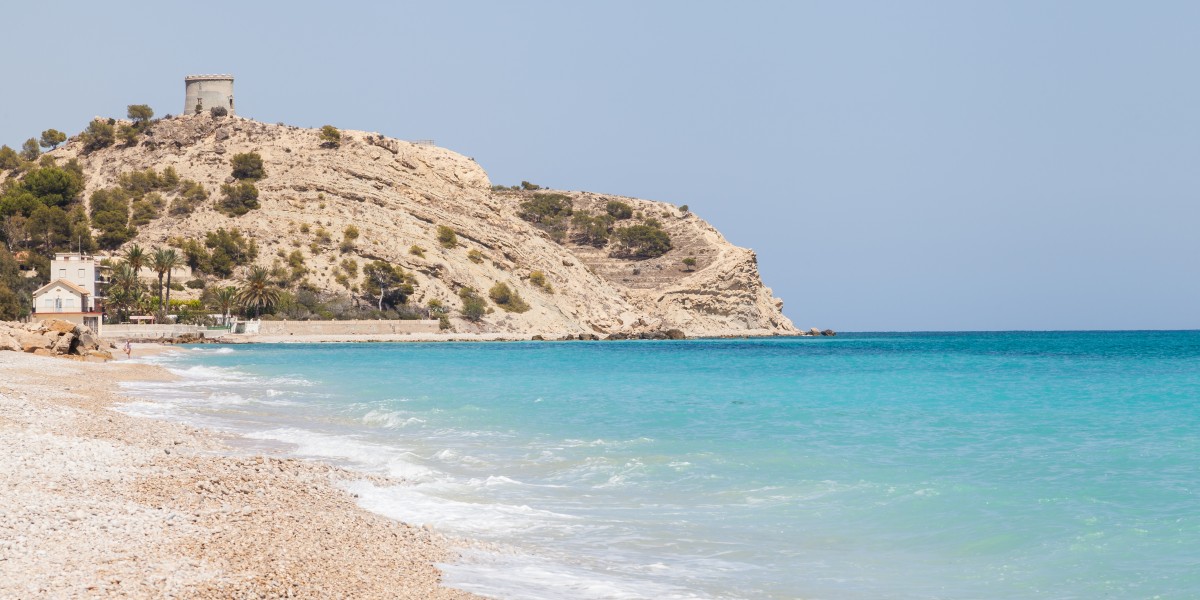
You don’t need to be a sun-chasing expat or a part-time beach bum to spot the little blue flag flapping by the shore these days. Across Europe and beyond, that Blue Flag is a welcome sign—one that promises not only a great place to swim but also a certain peace of mind.
The Blue Flag award means you’re somewhere that takes water quality, safety, and the environment seriously. It’s also about things like good recycling, proper lifeguard cover, and handy info for visitors. For families, keen swimmers, or anyone after a genuinely safe and eco-friendly spot for a day out, chasing down a Blue Flag can make a world of difference.
What are Blue Flag Awards?

The Blue Flag award is an internationally recognised certification, run by the Foundation for Environmental Education (FEE), given to beaches, marinas, and boating operators. It was introduced in 1987 in Europe to promote sustainable management and responsible tourism at coastal and inland locations.
The awards aren’t just for beaches—they also apply to marinas and, more recently, sustainable boating tourism operators, so long as they meet the same high standards for the environment and safety.
Sites must excel in areas like environmental education, facilities, lifeguard provision, waste management, and ongoing community engagement.
The programme now reaches across more than 45 countries, adapting its criteria to local laws while maintaining consistently high expectations for everyone flying the flag.
Importantly, Blue Flag awards are reviewed every year. This means beaches and marinas can lose their status if standards slip, keeping local authorities, businesses, and visitors on their toes.
Blue Flag Award criteria and certification process

- Environmental management covers things like proper rubbish collection, maintaining natural habitats, and keeping facilities like toilets and walkways up to scratch. Water quality is checked regularly, so you won’t find any nasties lurking where the flag’s flying.
- There’s also a strong focus on education. Look out for noticeboards sharing info about marine life, climate or sustainable beach behaviour.
- Safety is another non-negotiable. Blue Flag sites need trained lifeguards or safety equipment, clear signage, decent access for people with disabilities, and first-aid provisions.
Countries and beaches recognised by the Blue Flag

Spain, Greece, and Turkey are often at the top of the charts for the number of Blue Flag beaches, while Portugal and Italy aren’t far behind. The UK also has its fair share, particularly along the south coast and in Wales.
Some stand-out regions, like Spain’s Costa Blanca or Portugal’s Algarve, are almost synonymous with Blue Flag banners thanks to their consistently high standards. Lesser-known locations sometimes pop up with a handful of award-winning spots that are favourites with locals.
Notable Blue Flag beaches and marinas
Well-known Blue Flag hotspots include Spain’s Levant Beach in Benidorm, Praia da Marinha in Portugal, and Bournemouth Beach in the UK—each famous for both their facilities and their commitment to sustainability.
Many marinas, like those lining the Italian Lake District or southern Spain, have worked hard to clinch Blue Flag status by improving waste disposal, supporting local marine life, and ensuring top-notch services for sailors and visitors.
Blue Flag Awards' ongoing commitment

The Blue Flag scheme is always shifting, adapting to new environmental concerns and the changing ways we use coastal spaces. In recent years, there’s been more attention on climate action, biodiversity, and cutting down pollution at the local level.
One of the big trends is the expansion of Blue Flag criteria to include not just beaches and marinas, but sustainable boating tourism operators, reflecting how travel habits are evolving. There’s now more emphasis on environmental education and making sure visitors really understand the ecosystems they’re enjoying.
The Blue Flag programme also holds annual competitions for good practice, encouraging sites to share innovative ideas and practical steps that support sustainability, from beach clean-ups to large-scale biodiversity schemes.
Blue Flag Awards in Spain

The country’s love affair with the Blue Flag is going strong, and in 2025, Spain once again topped the Blue Flag charts for the sheer number of awards given out. With a remarkable 749 Blue Flags flying proudly this year, Spain has more certified beaches, marinas, and sustainable tourism boats than any other country. The majority go to beaches—642 in total—but 101 marinas have also met the tough standards for cleanliness, safety, and environmental management.
There are some fresh additions to the Blue Flag family this year, with new beaches joining the list in well-loved regions like Málaga, Catalunya, and Cantabria. Even away from the coast, a few surprising inland beaches have scooped up awards—including one right in Madrid—showing that Spain’s commitment to clean, safe swimming spots now extends beyond just the seaside. Spain's top Blue Flag beaches can be found all over, highlighting the country's incredible diversity when it comes to its coastline.

